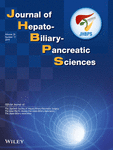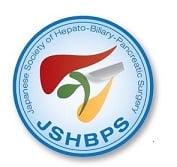Journal list menu
Export Citations
Download PDFs
ORIGINAL ARTICLES
Preoperative serum albumin is associated with intra-abdominal infection following major hepatectomy
- Pages: 479-489
- First Published: 18 September 2019
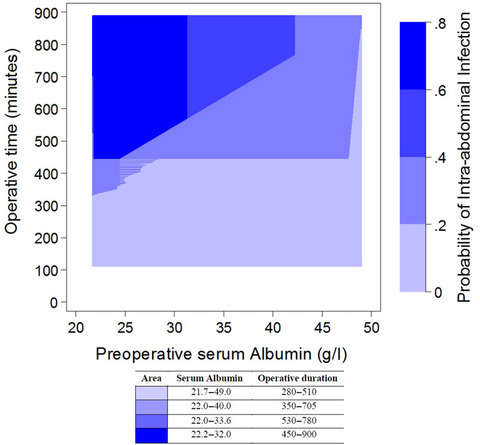
Highlight
Rungsakulkij and colleagues set out to investigate the as yet controversial association between preoperative serum albumin levels and intra-abdominal infection following major hepatectomy. Preoperative serum albumin levels and operative duration were predictors of postoperative intra-abdominal infection, indicating the need for preoperative nutritional intervention in patients with low serum albumin levels.
Survey of preoperative management protocol for perihilar cholangiocarcinoma at 10 Japanese high-volume centers with a combined experience of 2,778 cases
- Pages: 490-502
- First Published: 13 September 2019
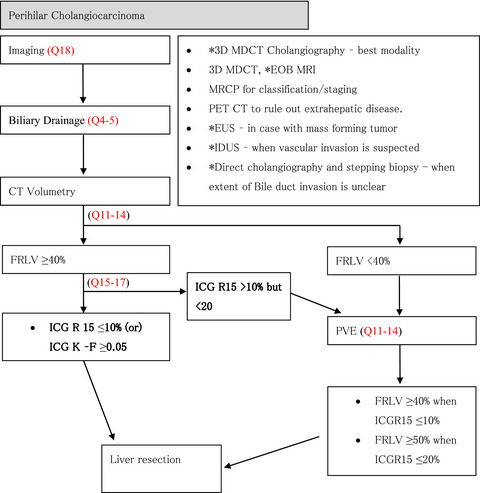
Highlight
With appropriate preoperative management of perihilar cholangiocarcinoma, the surgical morbidity and mortality can be reduced. This survey, conducted by Chaudhary and colleagues, reflects the preoperative management practices in a cross section of high-volume hepato-pancreato-biliary surgery centers across Japan. The results provide recommendations to improve the perioperative outcomes in perihilar cholangiocarcinoma.
Treatment of acute cholecystitis after cardiovascular surgery
- Pages: 503-509
- First Published: 18 September 2019
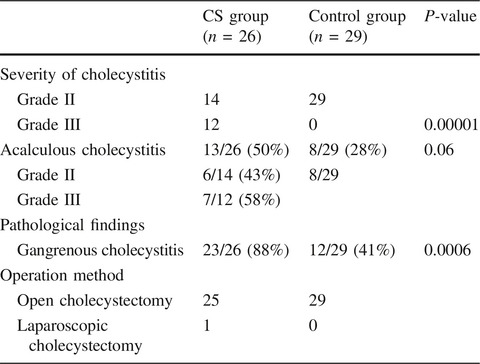
Highlight
To demonstrate the validity of early surgery for Grade III acute cholecystitis after cardiovascular surgery, Ueno and colleagues evaluated gallbladder pathology and surgical outcomes. Since the rate of gangrenous cholecystitis exceeded 80% in acute cholecystitis after cardiovascular surgery, early surgery may be required, despite mortality being 25% in Grade III.
Transpancreatic mattress suture with Vicryl mesh around the stump decreases postoperative pancreatic fistula after distal pancreatectomy
- Pages: 510-516
- First Published: 28 August 2019
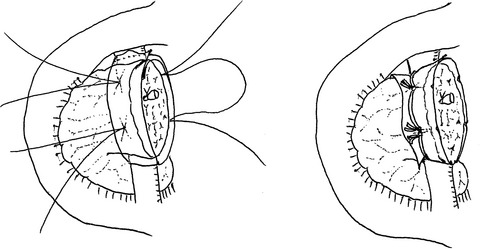
Highlight
Postoperative pancreatic fistula remains the most common surgical complication after distal pancreatectomy. Yoshida and colleagues reported that their stump closure technique using transpancreatic mattress suture with Vicryl mesh significantly decreased fistula rates compared with the conventional method, and that it was an independent preventive factor for clinically relevant postoperative pancreatic fistula.
Retrocolic versus antecolic gastrointestinal reconstruction in robotic pancreaticoduodenectomy
- Pages: 517-523
- First Published: 18 September 2019
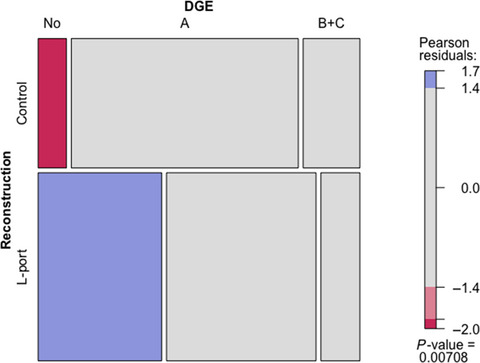
Highlight
To clarify the benefits of the retrocolic versus antecolic route of gastrointestinal reconstruction in robotic pancreaticoduodenectomy, Wang and colleagues conducted a comparative study and demonstrated that the left retrocolic technique was both safe and feasible, while providing several advantages, including a significant reduction in the incidence of delayed gastric emptying.
Upfront pancreaticoduodenectomy in severely jaundiced patients: is it safe?
- Pages: 524-533
- First Published: 18 September 2019
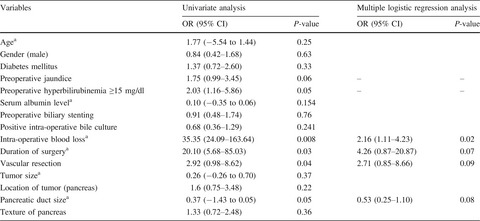
Highlight
To evaluate the propriety of preoperative biliary drainage, Pamecha and colleagues compared the outcomes of upfront pancreaticoduodenectomy in severely jaundiced patients with those of surgery after biliary drainage. They concluded that upfront pancreaticoduodenectomy can be performed safely in selected severely jaundiced patients and is associated with significantly lower infective complications.




